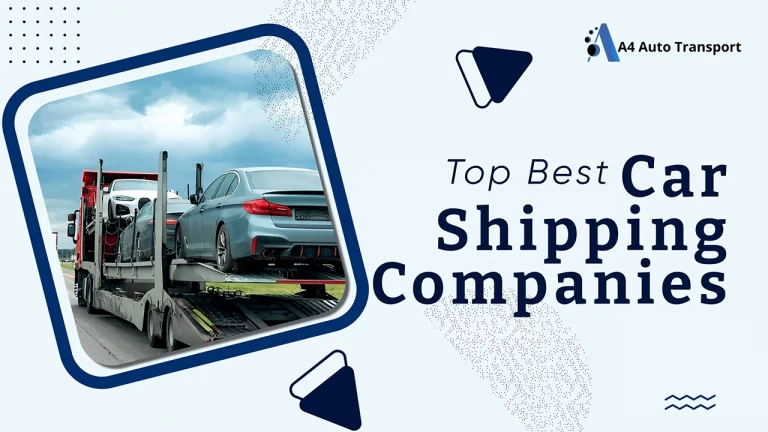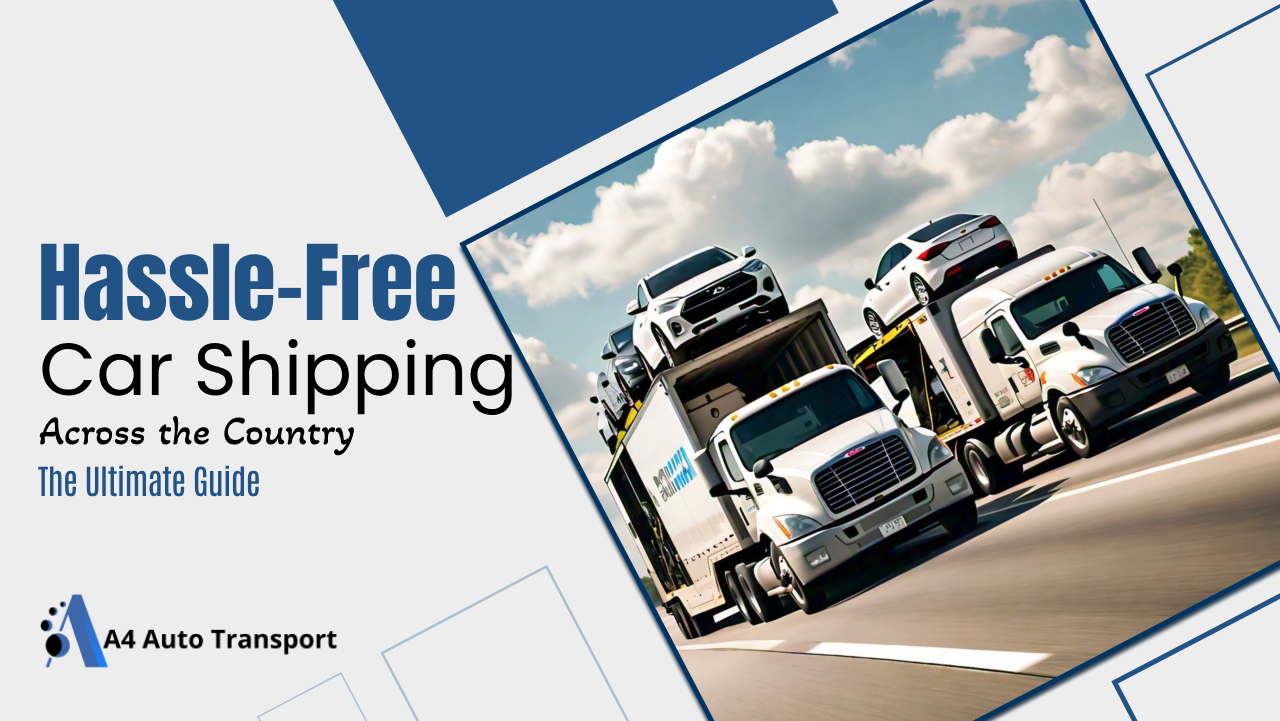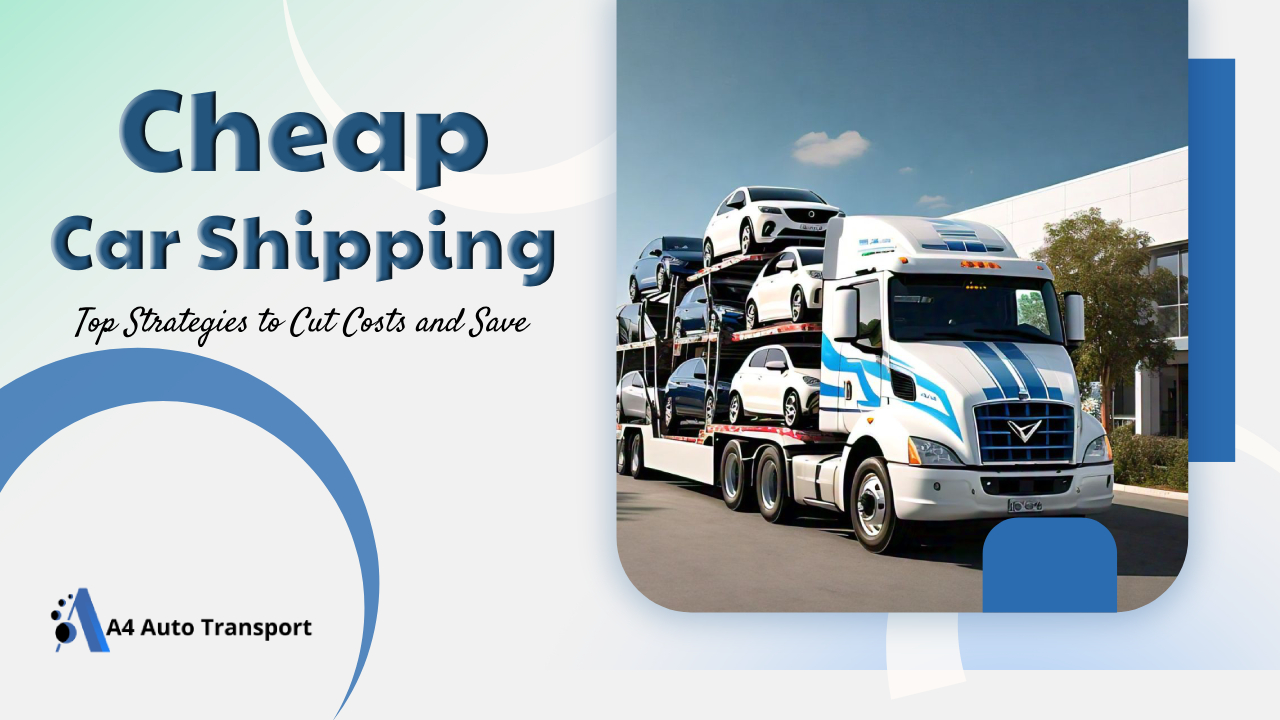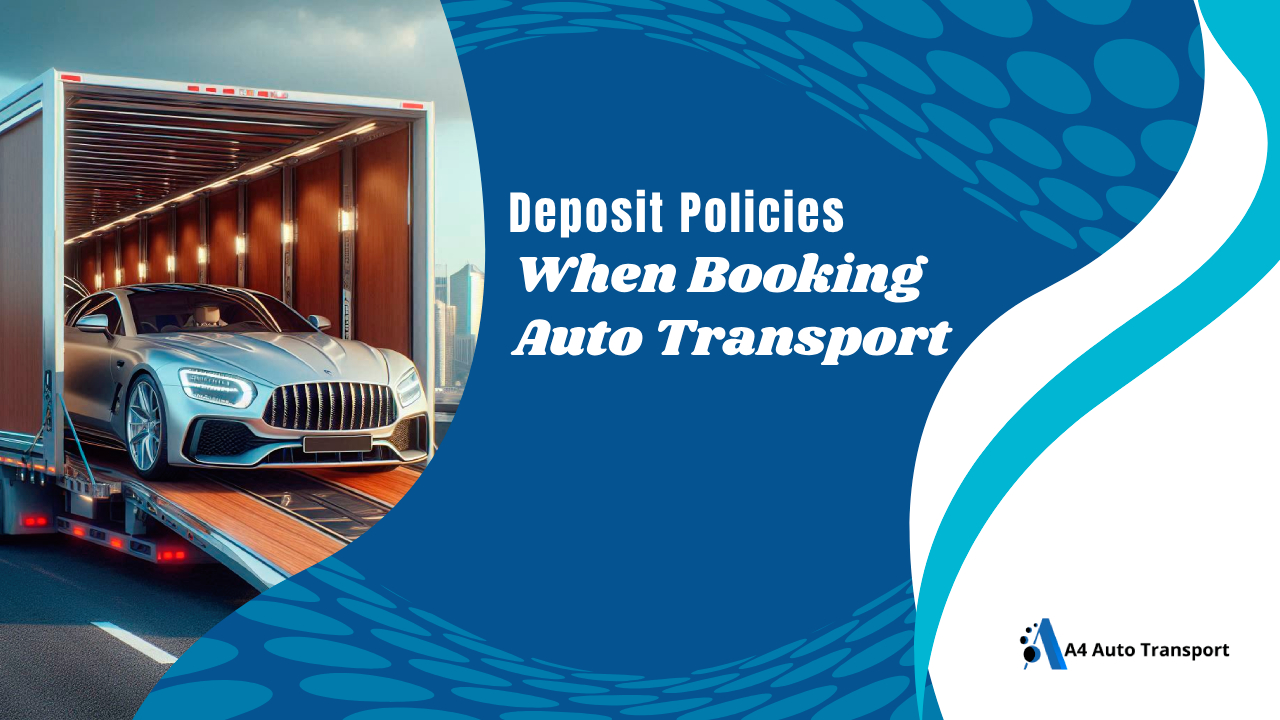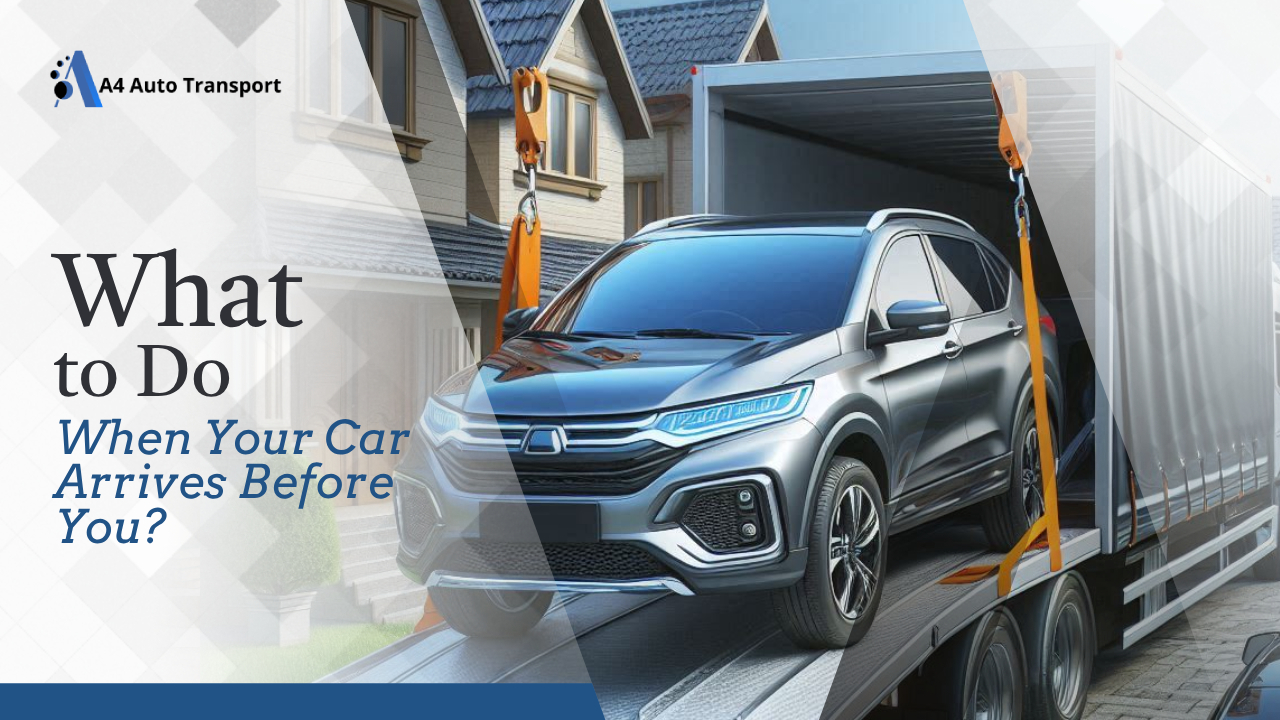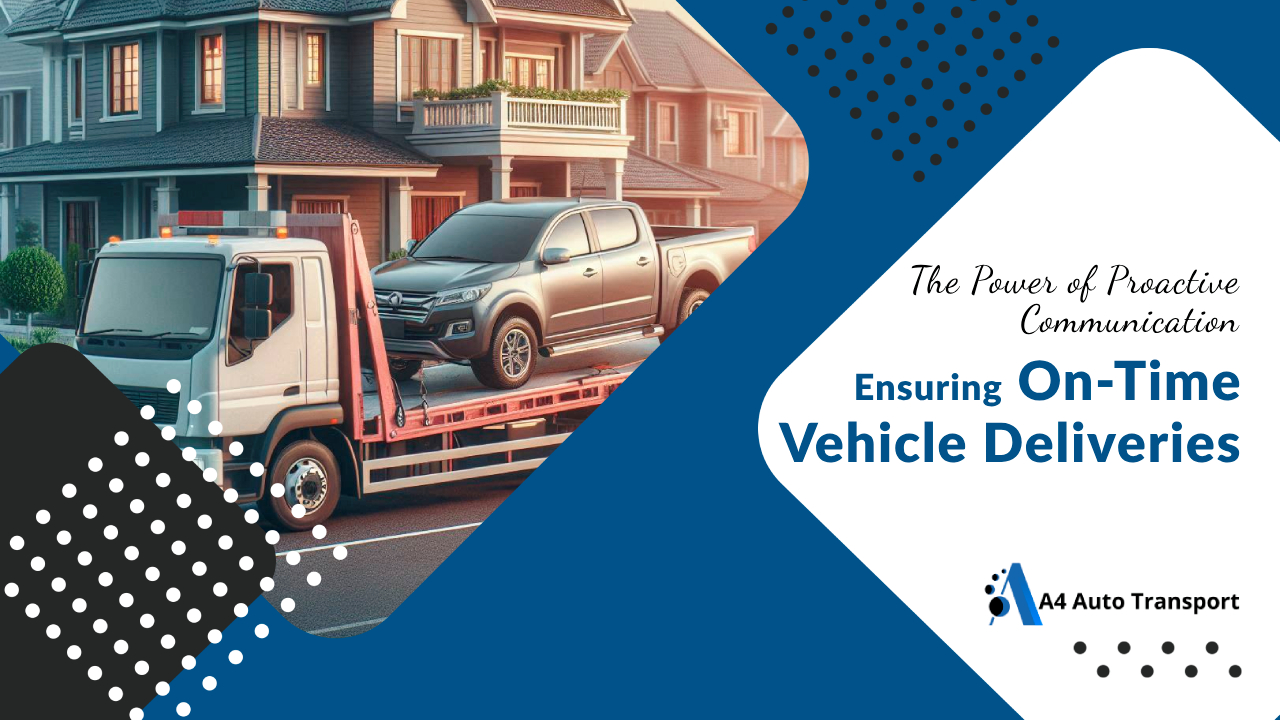Difference Between Roll-on/roll-off (RORO) and Containerized Shipping
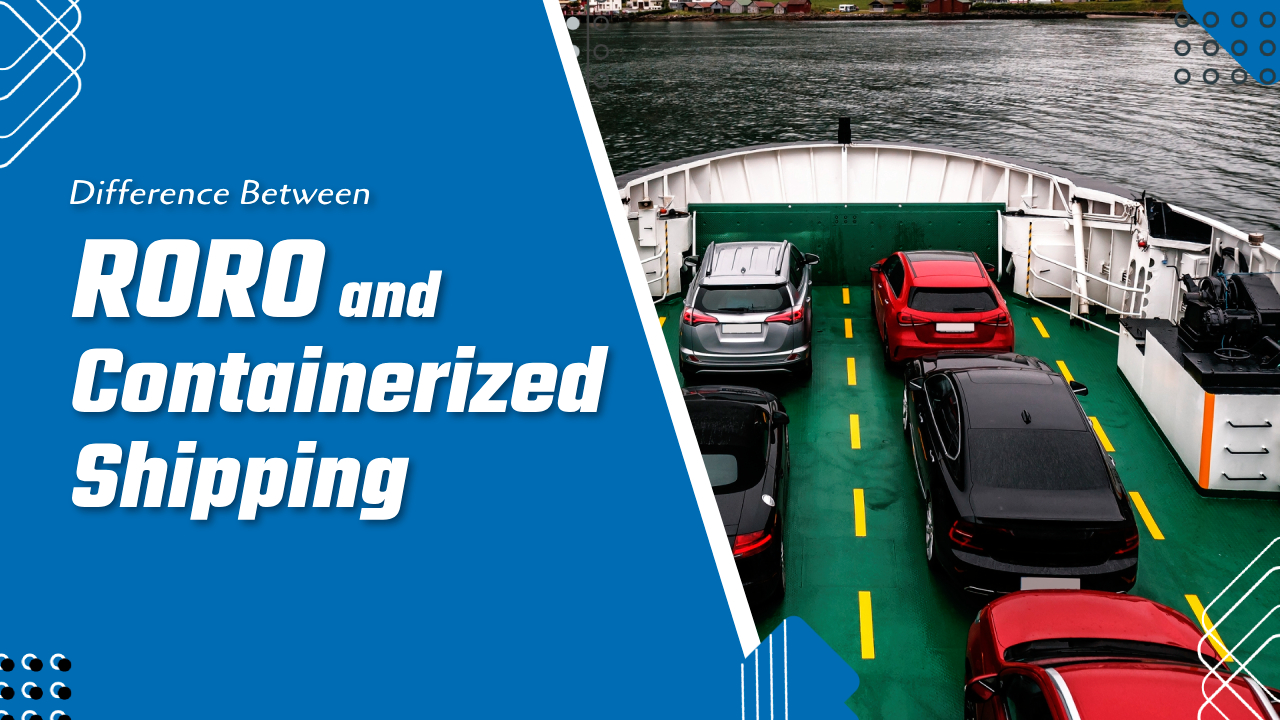
For many Americans, the inner workings of international trade remain a mystery. But if you’re considering exporting a car, trailer, or other wheeled cargo, understanding the difference between roll-on/roll-off (RORO) and containerized shipping is crucial. This guide will break down these two dominant methods, helping you choose the most efficient and cost-effective option for your needs.
Important Points
- Choosing between RORO and containerized shipping depends on your cargo type, budget, and desired speed. RORO is ideal for self-propelled vehicles (cars, trucks) on established routes, while containerized shipping offers more flexibility for various cargo types and wider destination reach.
- RORO is generally faster for loading/unloading but may be less secure than containerized shipping. Containerized cargo is sealed in secure containers for the entire journey, while RORO vehicles are exposed to the elements and potential bumps during handling.
- Cost can vary depending on factors like route, distance, and fuel prices. While RORO is often cheaper for single vehicles, containerized shipping might be more cost-effective for consolidating multiple items.
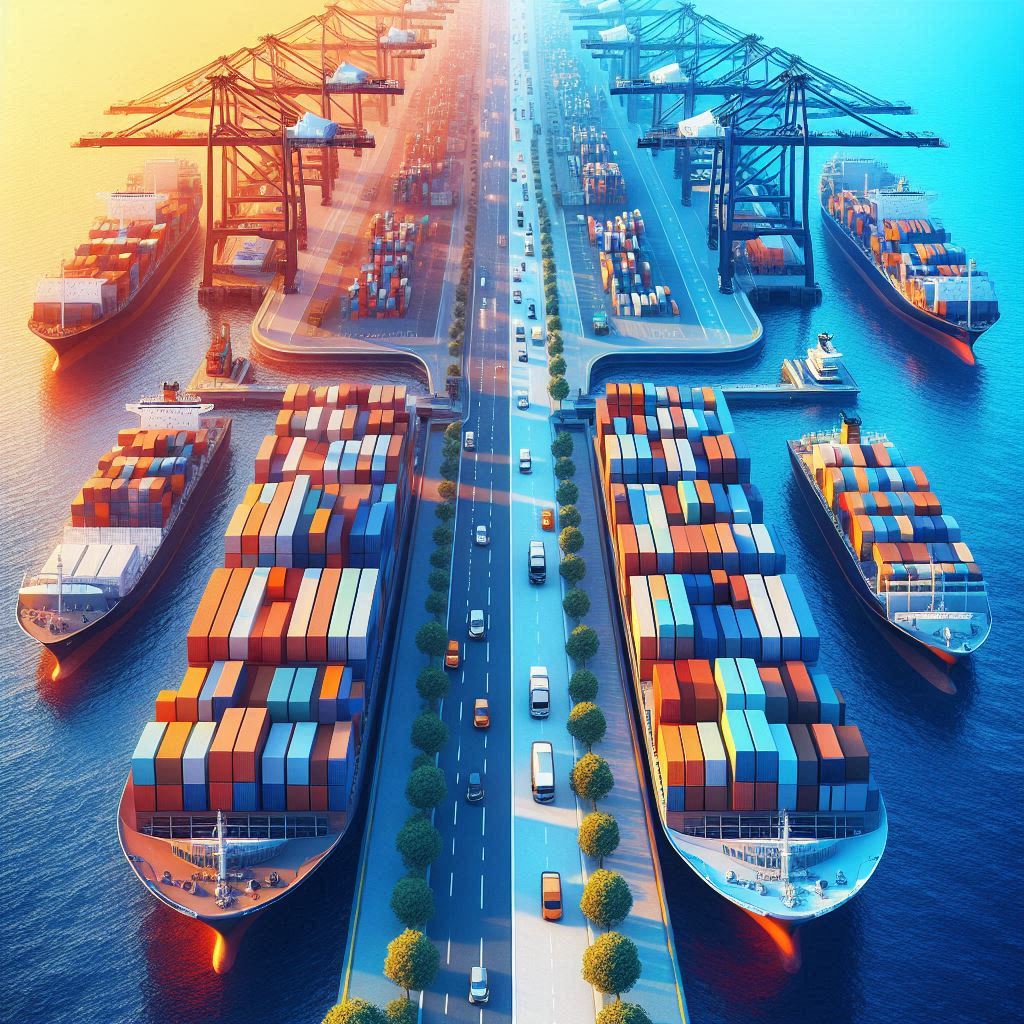
RORO Vs. Containerized Shipping
- Roll-on/Roll-off (RORO): Imagine driving your car onto a giant ferry. That’s the essence of RORO shipping. These specially designed vessels have built-in ramps that allow vehicles to drive directly on and off the ship. Popular for transporting cars, trucks, trailers, and other self-propelled cargo, RORO offers a streamlined loading and unloading process.
- Containerized Shipping: This method utilizes standardized steel containers that are loaded onto massive container ships using cranes. These containers come in various sizes, offering flexibility for a wide range of cargo, from furniture and electronics to clothing and machinery. Containerized shipping is the dominant mode for global trade due to its efficiency and scalability.
Key Differences to Consider
Cargo Type: RORO is ideal for operational vehicles, trailers, and other wheeled cargo that can be driven on and off the ship. Containerized shipping, on the other hand, caters to a broader range of cargo, including non-motorized items that need to be packed and secured within containers.
Cost: Generally, RORO is considered the more cost-effective option, especially for single vehicles. This is due to the faster loading and unloading times compared to containerized shipping. However, factors like route, distance, and fuel prices can influence the final cost.
- Roll-On/Roll-Off (RORO): While providing a specific number is difficult, RORO is generally considered cheaper for single vehicles, especially on established routes with high efficiency. Costs can range from a few hundred dollars for short distances to several thousand dollars for transatlantic journeys.
- Containerized Shipping: This method can be more cost-effective for multiple items or oversized vehicles that require a full container. Costs can vary depending on container size needed (20ft or 40ft) and destination, but expect a range of $1,000 to $5,000+ for international shipments.
Security: Containerized shipping offers a higher level of security. Your cargo is sealed inside a secure container throughout the journey, minimizing the risk of damage or theft. While RORO ships have measures in place to secure vehicles, they are exposed to the elements and have a higher risk of minor bumps during loading and unloading.
Flexibility: Containerized shipping provides greater flexibility in terms of cargo size and type. You can combine various items within a single container, making it ideal for diverse cargo needs. RORO, on the other hand, is primarily limited to self-propelled cargo.
Speed: Both methods have their advantages. RORO offers faster loading and unloading times, leading to potentially quicker overall delivery. However, container ships tend to be faster at sea, potentially making up for the time difference at port.
Availability: RORO services operate on specific routes with dedicated terminals. Containerized shipping, due to its vast network, offers more widespread availability, reaching a wider range of destinations
Get a Quote from Top Car Shipping Companies
Selecting the Right Car Shipping Method
The decision between RORO and containerized shipping depends on several factors specific to your needs. Here’s a quick guide:
Choose RORO if:
- You’re shipping a single, self-propelled vehicle.
- Cost is your primary concern.
- Speed of loading and unloading is important.
- You’re shipping on a well-established RORO route.
Choose containerized shipping if:
- You’re shipping a variety of cargo types, including non-motorized items.
- Security is a top priority.
- You need flexibility in terms of cargo size and type.
- Your destination is not easily accessible by RORO.
Choosing a Reputable Car Shipping Company
No matter which method you choose, researching the best car shipping companies for RORO or containerized shipping is crucial to ensure a smooth experience. It’s important to choose reputable companies with a history of good service to avoid Auto Transport Scams.
Auto Transport Scams
Be aware of Auto Transport Scams when choosing a car shipping company. Here are some red flags to watch out for:
- Quotes that are significantly lower than the average for your route and vehicle type.
- High pressure tactics to pay a deposit upfront before signing a contract.
- Vague or non-existent information about the company’s insurance policies and licensing.
- Difficulty getting in touch with a customer service representative.
By following these tips and understanding the differences between RORO and containerized shipping, you can make an informed decision about the best method for your international car shipment.
Additional Tips:
- Research shipping companies: Compare quotes and services offered by different RORO and containerized shipping companies.
- Consider insurance: Protect your cargo with appropriate insurance coverage.
- Understand customs regulations: Study customs regulations is crucial before embarking on any international shipment, regardless of whether they choose RORO or containerized shipping.
Conclusion
Understanding the distinctions between RORO and containerized shipping empowers you to make informed decisions for your international cargo movements. Whether you’re a seasoned exporter or a first-time shipper, carefully consider your needs and explore the options available to ensure your cargo reaches its destination efficiently and securely.
a4AutoTransport is a group of auto transport researchers and experts that comes in handy for anyone who wants to move their car/vehicle without putting extra miles on the odometer. At a4AutoTransport, We researched over a hundred car shipping companies, interviewed real customers and industry leaders, and collected nearly 500 quotes to find the nation’s best auto transport companies. With our combined 5 years of industry experience and research, we’ll help you find the right car shipper for your budget.

